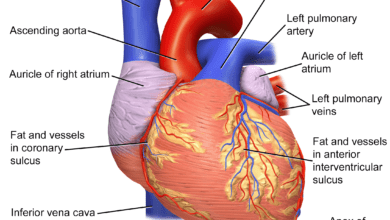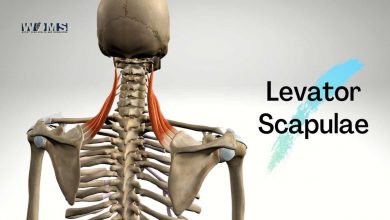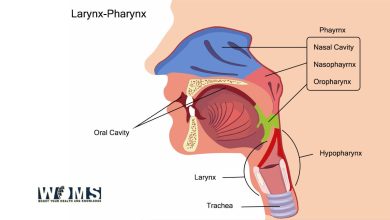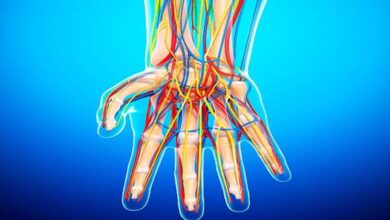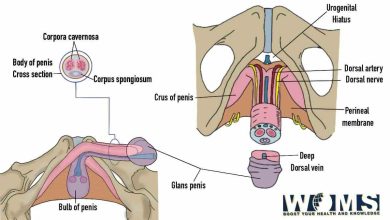Muscular Triangle
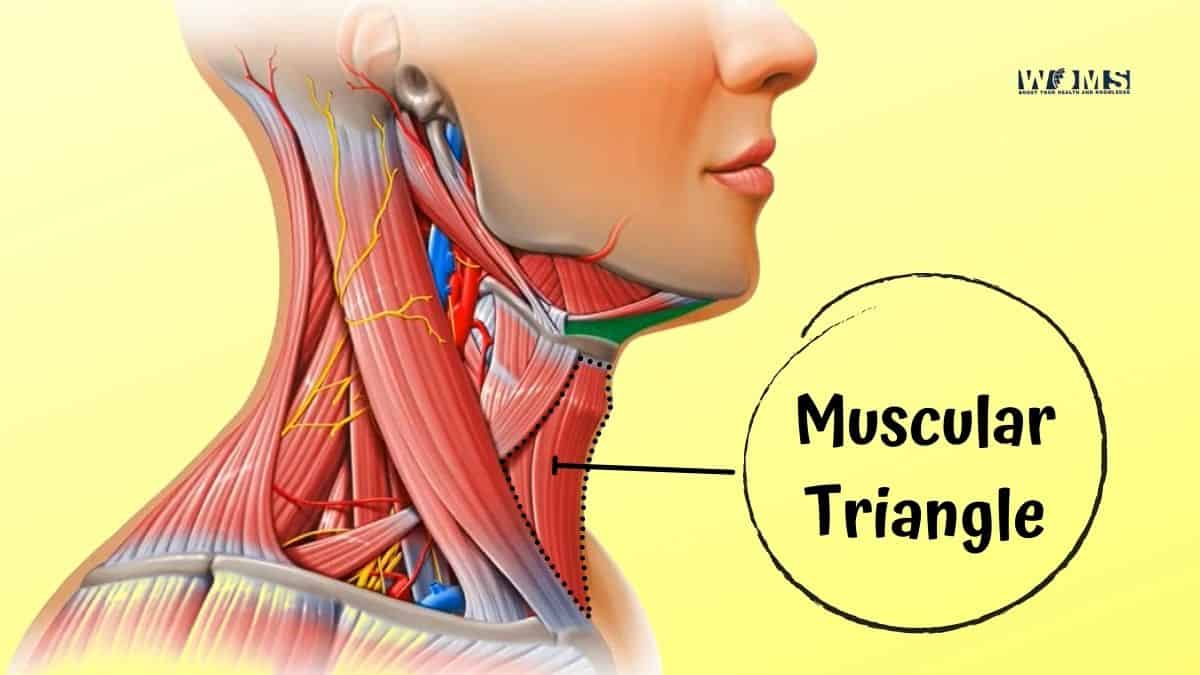
The Muscular Triangle is a strong system that will not let you down. It’s perfect for people who want to get into shape while also adding muscle mass. This program has helped thousands of men and women all over the world build lean muscles, burn fat, and develop an enviable physique in just 1 month!
Muscular Triangle is a unique program that blends three different types of exercises together to create an incredibly effective strength system. The first type of exercise is resistance training, which helps you build muscle mass. The second type is cardio, which helps you burn fat. And the third type is Pilates, which helps you develop strong and lean muscles.
When combined together, these three exercises create what’s known as the “Muscular Triangle.” This triangle will help you get into amazing shape while also adding muscle mass! So, if you’re looking for a reliable and effective strength system, look no further than the Muscular Triangle.
What Are the Boundaries of Muscular Triangle?
- The base is at the shoulder joint and goes down to the elbow.
- The sides go up from the elbow to the shoulder, on either side of the body.
Contents of the Muscular Triangle
- The infrahyoid muscles
- The sternohyoid muscle, and
- The anterior bellies of both digastric muscles.
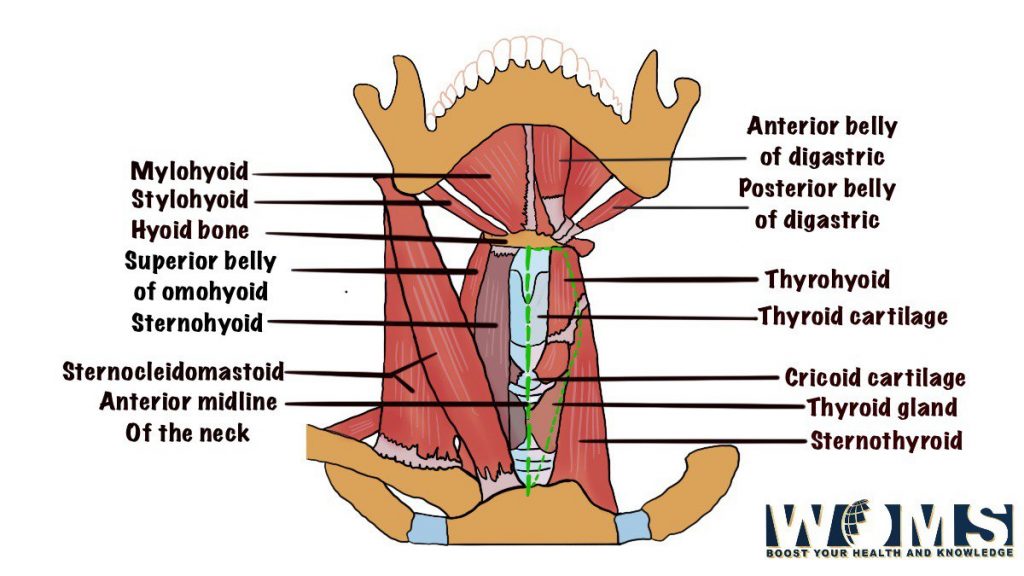
The infrahyoid, which are strap-like in appearance, attach to the hyoid bone (located at front of the neck between chin & thyroid cartilage) and attach directly or indirectly to almost every other structure within this region; they act on all these structures by shortening their fibers either ipsilaterally (on the same side), bilaterally (both sides), or contralaterally (opposite side). The sternohyoid is a paired muscle that lies below the level of insertion of most jaw muscles.
What forms the muscular triangle?
This triangle includes the sternohyoid, trapezius, deltoid, and the pectoralis major. The trapezius muscle is a large, triangular muscle that spans from the back of the head to the middle of the back. It helps lift your shoulders and supports your neck. The deltoid muscle is a large, round muscle that covers the shoulder joint. It helps lift your arm and rotate it inward and outward.
The pectoralis major muscle is a large, fan-shaped muscle that sits in front of your chest. It helps move your arm forward and across your body.
Together, these muscles work together to create a powerful and relentless strength system.
The muscle functions in unison by maintaining a “tight triangle” when viewed from behind so that it can function as one unit with both internal and external rotation of the humerus (arm). This creates stability within movement patterns such as pushups or pull-ups/chin-ups where force is needed to be transmitted through your arms into an object like a bar or beam. Reliable strength allows you to perform exercises at higher levels with heavier loads safely without injury due to its synergistic nature which also increases the endurance of the muscle.
Muscular triangle is a relentless strength system that will allow you to move big weight and increase your performance. When working together, these muscles can create stability and power.
The trapezius muscle is located in the upper back and extends from the base of the skull to the middle of the back. This muscle helps lift/move your shoulders and stabilize your scapula (shoulder blade).
The latissimus dorsi muscle is located on the sides of your torso, extending from just below your armpit to hip bone. This large muscle assists with pulling your arm down towards your body as well as stabilizing your
Importance of muscular triangle
The muscular triangle is crucial for any lifter, the muscular triangle is an essential element to building strength and muscle size. the foundation of this system lies in training with proper form, executing each movement without cheating or leaning forward too much during squats, deadlifts, etc. Form creates all the power you will need to perform each lift successfully while maintaining safety throughout your journey as a bodybuilder/weightlifting enthusiast/gym rat.
A lot of people may misconstrue what I mean by not ‘cheating’ or using the bad form when performing lifts but here’s some food for thought: if your legs are always bent on leg day (besides stiff-legged deads) then something isn’t right; it should be noted that there is plenty room for personal preference when it comes to exercise selection, order, and a number of sets/reps but the basics will always remain the same.
Building a strong muscular triangle requires strict adherence to these principles in order to achieve optimal results. Through hard work and dedication, you will be able to forge an impressive physique that is both functionally sound and aesthetically pleasing. Remember: there are no shortcuts when it comes to gaining muscle size and strength – only sustained effort and unwavering discipline will get you there!
So, if you’re willing to put in the time and effort, the muscular triangle can be your secret weapon for building an unstoppable body. The muscular triangle is an essential element to building strength and muscle size. The foundation of this system lies in training with proper form, executing each movement without cheating or leaning forward too much during squats, deadlifts, etc.
How does the muscular triangle connect to the posterior triangle?
The muscular triangle is connected to the posterior triangle by the latissimus dorsi muscle. The latissimus dorsi is a large, flat muscle that spans the back and extends down to the lower ribs and pelvis. It connects to the humerus bone in the upper arm and inserts into the iliac crest and sacrum bones of the pelvis. The latissimus dorsi plays an important role in both strength and power production. It helps generate force during pushing movements, such as bench presses and shoulder presses, and it also helps produce explosive bursts of power during activities like sprinting or jumping.
The connection between the muscular triangle and posterior triangle allows for efficient transfer of force between these two regions. This allows the upper body to be very efficient at generating force and power during activities like throwing, punching, or lifting.
3 powerful Adjectives that Describe the Muscular Triangle?
- Powerful
- Strong
- Fast
How do these three adjectives help us to understand the muscular triangle?
The muscular triangle is a powerful, strong, and fast area of the body. This muscle group is responsible for generating force and speed, making it essential for athletes and sports enthusiasts alike. Understanding the science behind this muscle group will help you to train them more effectively and achieve your fitness goals. Power, strength, and velocity are all important aspects of athletic performance, so understanding the muscular triangle will give you an edge in any sport or physical activity.
How to Find Your Muscle Triangle
The muscular triangle is key to understanding the science of strength, power, and velocity. This three-sided figure can help you find your optimal strength and conditioning program.
To find your muscle triangle, you first need to identify your muscles of interest. The three main muscles in the human body are the glutes, hamstrings, and quads. To measure their strength, power, and velocity potentials, you’ll need to use a dynamometer or tensiometer.
Once you have those measurements, you can begin to map out your muscle triangle. Draw a line between the measured points for each muscle group and then connect the lines at their angles. This will create your triangular shape (see image).
The angle of the triangle indicates the muscle’s strength potential. The wider the angle, the more powerful the muscle. The length of the sides shows the muscle’s potential for velocity. The longer the side, the faster the muscle can move.
A muscular triangle is a valuable tool for athletes and fitness enthusiasts alike. It can help you identify your strengths and weaknesses, so you can focus your training on specific muscles groups and improve your performance.
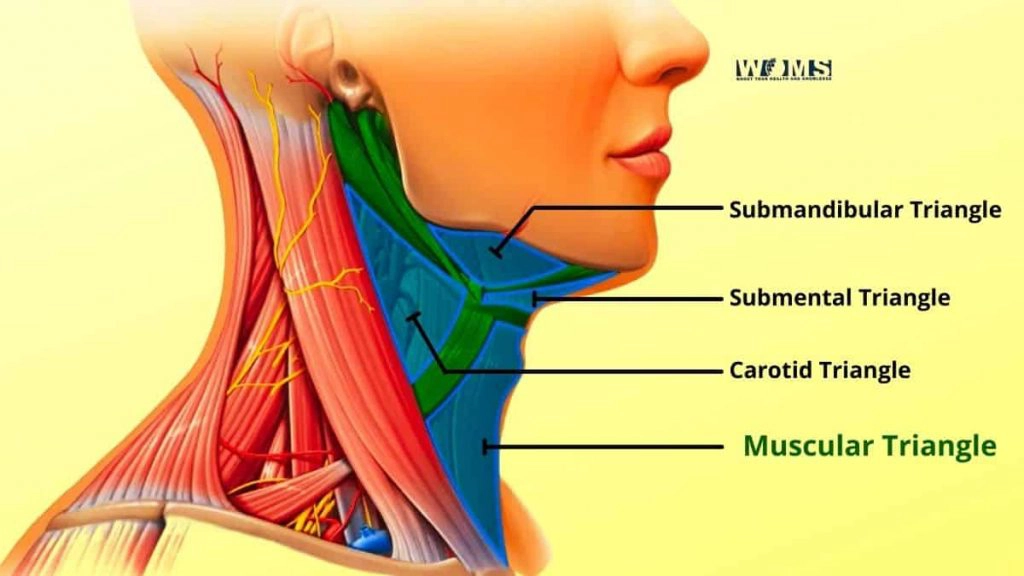
Use this simple guide to find your muscle triangle and start reaching your peak performance today!
- Identify your muscles of interest
- Use a dynamometer or tensiometer to measure their strength, power, and velocity potentials
- Draw a line between measured points for each muscle group
- Connect lines at their angles to create your triangular shape
- The angle of the triangle indicates the muscle’s strength potential
- The wider the angle, the more powerful the muscle
- The length of sides shows the muscle’s potential for velocity
- The longer the side, the faster the muscle can move.
How Are Different Types of Muscles Classified?
Muscular triangle consists of the following muscles: Deltoids, trapezius, and biceps brachii.
Muscles are classified into three groups based on contraction type: cardiac (heart), smooth, and skeletal. The muscular system includes both voluntary and involuntary muscle tissues that work together to create movement within the body. Cardiac muscle is only found in the heart while the smooth muscle is located primarily in hollow internal structures such as blood vessels, respiratory passages, and intestinal tracts.
Skeletal muscles attach directly to bones through tendons but also span over joints with connective tissue called ligaments enabling them to move against one another when contracting or relaxing. These changes can be very small like twitching skin cells during goosebumps or large enough to move entire limbs.
There are three primary types of muscle contractions: isometric, isotonic, and eccentric. Isometric contractions involve no change in length of the muscle fibers while isotonic contractions result in shortening or lengthening of the muscles. Eccentric contractions are when the muscle fibers lengthen as they generate force.
This type of contraction produces more force than either isometric or isotonic contractions and is thought to be a major factor in causing muscular damage. All skeletal muscles can produce all three types of contraction although some may be more effective at one over another.
The trapezius muscle is responsible for elevation (shrug), depression (lowering), and retraction (pulling back) of the scapula. The biceps brachii is responsible for flexion (bending) of the elbow and supination (turning palm up) of the forearm while the deltoid muscle is responsible for abduction (lifting away from the body), adduction (moving toward the body), and medial rotation (rotating inward) of the arm. All three muscles work together to produce different types of movements depending on what action is being performed.
Why Are They Called Strap Muscles?
The strap muscles run diagonally across the back. They are made up of multiple bundles which make them thick and tough, like straps that support heavy bags over your shoulders. This makes these muscles very strong but not as flexible or mobile as other back muscles. The trapezius is the biggest muscle in this group.
Also Read: Anterior Triangle of the Neck
Conclusion
In conclusion, the muscular triangle is a scientific principle that explains the relationship between strength, power, and velocity. By understanding this principle, you can optimize your training to improve performance in any sport or activity. Thanks for reading!
If you’re looking to improve your performance in any sport or activity, it’s important to understand the principles of the muscular triangle. By optimizing your training according to these principles, you can achieve greater gains in strength, power, and velocity.
FAQ
What is the muscular triangle?
The muscles that form your “muscular triangle” are the most important when it comes to strength, power, and velocity. These muscles are located in your shoulders, hips, and thighs.
When should I train my muscular triangle?
You can work on building this part of your body at any time as long as you have enough recovery time between workouts (48 hours). But remember, even if they aren’t trained directly, all of these muscles get worked indirectly through compound lifts like squats and deadlifts so don’t worry.
